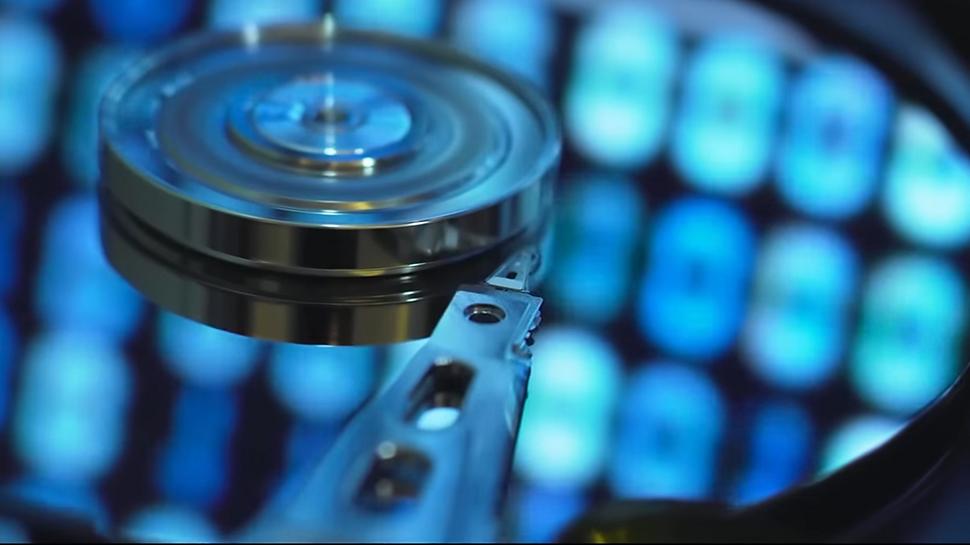- Western Digital aimed at 40TB HDD at the end of 2026 using Hamr Tech
- Optinand and Ultramr will increase the capacity until HAMR adoption begins to boost growth
- It is expected that the demand for storage of the AI boom will reach at the end of 2026
Western Digital recently celebrated an investor day, with a main approach on how it intends to overcome the capacity of the hard drive within a decade.
The detailed WD roadmap showed a clear technological evolution from the perpendicular magnetic recording assisted by energy (EPMR) to heat -assisted magnetic recording (HAMR), and ultimately until the magnetic recording of heat points (HDMR), in which capacities will be directed in the excess of 100TB.
By 2026, WD said that its HDD capacity will reach 36TB-44TB thanks to the HAMR technology that uses laser warming to temporarily reduce the magnetic resistance (coercitivity) of the disk, which allows significantly densest writing.
Waiting for demand
In a recent interview with PC clockKimihiko Nishio, sales manager of Western Digital Japan, entered more details about the company’s plans.
“Other companies have begun to adopt HAMR with HDD of 30 TB, but we believe that Hamr’s true potential begins in 40TB,” Nishio said.
“Until then, we will continue using technologies such as Optinand and Ultrasmr to increase the capacity of existing HDDs up to 40TB.” Optinand, integrates flash memory with HDD to increase capacity, performance and reliability, while Ultrasmr, uses the correction of advanced errors to pack data more densely than the traditional SMR.
“We are pointing to the second half of 2026 for the launch of 40 TB units,” said Nishio, adding that WD is “currently developing Hamr with that goal in mind.” He explained that while the generation of data is booming, particularly due to the advances of AI, the demand for storage is still up to date.
“At this time, there is a great increase in the demand for generative, but storage has not yet benefited from it.
Western Digital is timing its production plans to coincide with this planned demand. “We anticipate that Spike will happen in the second half of 2026, so we are aligning our HDD HDD development based on HAMR for that period,” said Nishio.
“Since HAMR production requires a complete review of materials, starting production now while demand is still low (for example, for 40 TB units) would result in high costs. But we hope that in 2 to 3 years, demand will increase, which allows us to offer them at reasonable prices.”
Nishio also shared the even more ambitious long -term vision of Western Digital. “Looking later, we plan to launch 100TB units by 2030, after which we will look for even greater capabilities using new technologies,” he said.




